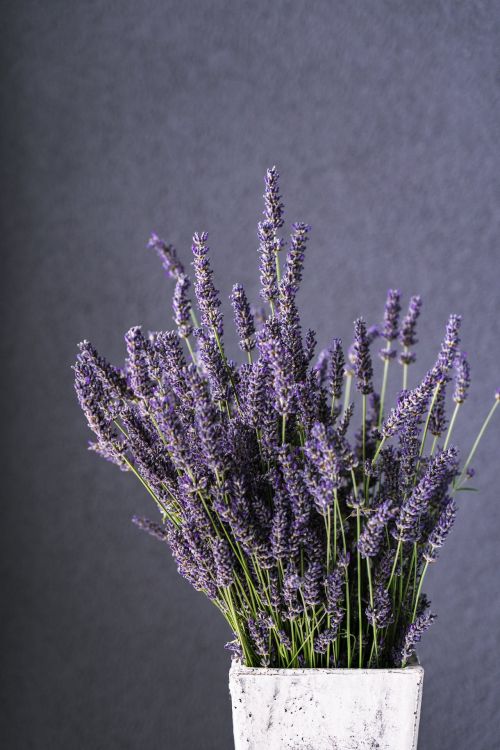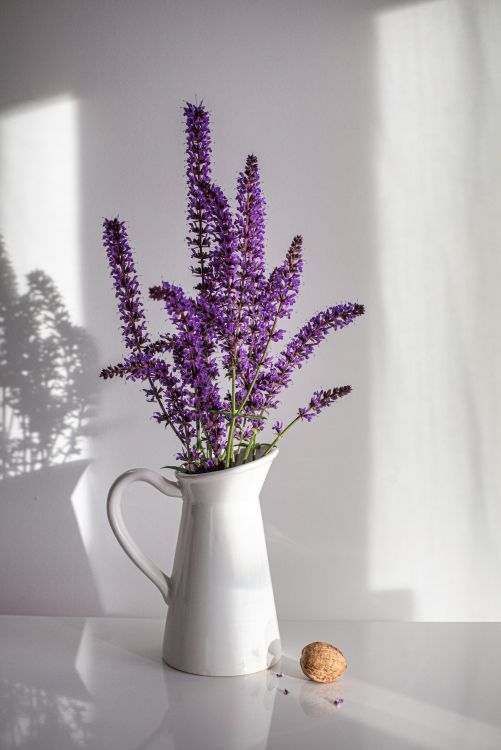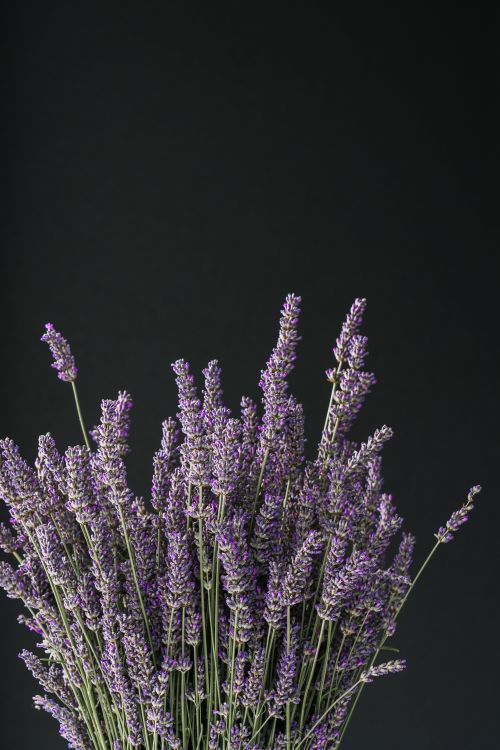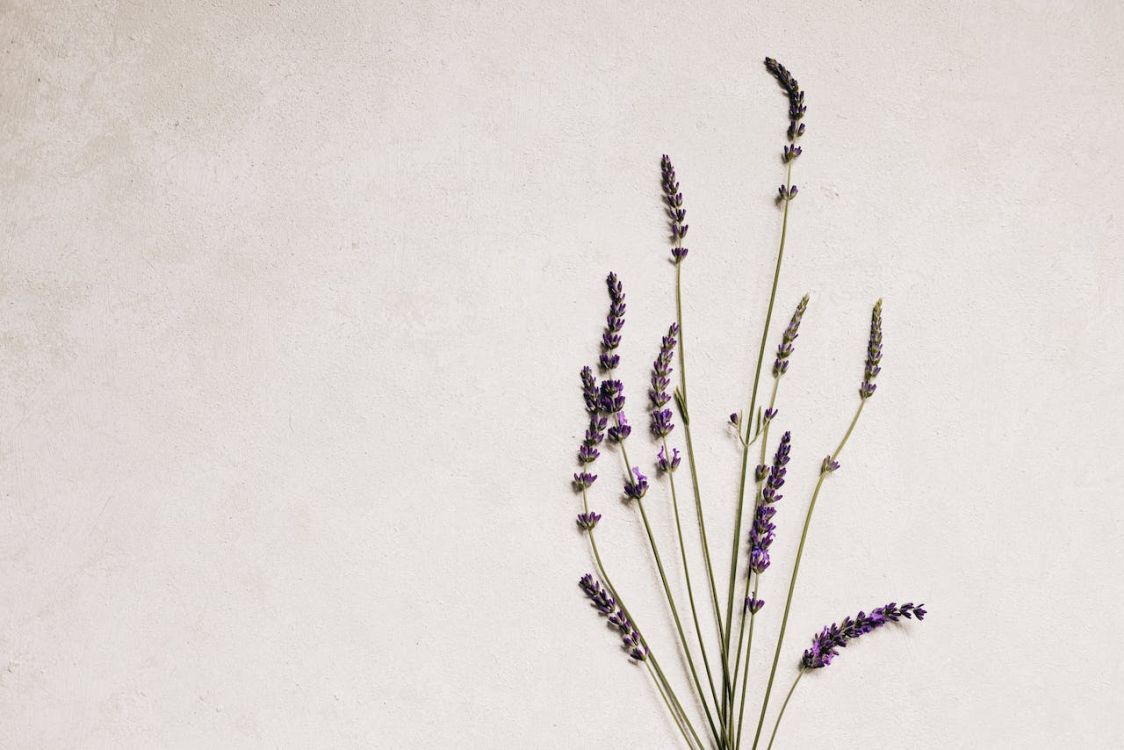Lavender, renowned for its intoxicating aroma and exquisite purple blooms, stands as a timeless emblem of tranquility and natural beauty. While traditionally adorning outdoor gardens, where it beckons bees and pollinators with its nectar-rich blossoms, the allure of bringing this cherished perennial indoors has captivated plant enthusiasts worldwide.
Cultivating lavender within the confines of indoor spaces presents a delightful opportunity to envelop your home in its soothing fragrance and vibrant hues year-round, while also necessitating thoughtful care for lavender plants indoors. However, this endeavor demands a nuanced understanding of the plant’s needs and meticulous care to ensure its flourishing presence.
In this detailed guide on caring for lavender plants indoors, we’ll explore how to cultivate them successfully, offering practical tips and strategies to create a flourishing lavender haven in your home.
Contents
- 1 9 Tips to care for lavender plants indoors
- 2 Dealing with Pests and Diseases:
- 3 FAQs
- 4 Creating an Indoor Lavender Haven
- 5 Author
9 Tips to care for lavender plants indoors

Optimizing Sunlight Exposure
Care for lavender plants indoors entails creating an environment that maximizes sunlight exposure is essential for nurturing lavender plants indoors. Lavender, known for its affinity for sunlight, flourishes when bathed in ample natural light. Positioning your lavender near a sunny south-facing window or any area that receives a minimum of four hours of direct sunlight daily is vital.
Regularly rotating potted lavender plants promote uniform growth and flowering, preventing them from becoming leggy. Inadequate sunlight not only hampers lavender’s ability to produce its signature fragrant blooms but also increases its susceptibility to diseases and pests.
Supplementing with Artificial Light Sources

When natural light is inconsistent or insufficient, care for lavender plants indoors involves supplementing with LED grow lights becomes imperative for successful lavender cultivation indoors. Hang the lights approximately 14 to 30 inches above the plant and ensure they remain on for at least 12 hours daily. By incorporating artificial light sources, you can provide your indoor lavender with the necessary light requirements for optimal growth and flowering, thereby enhancing its overall vigor and vitality.
Temperature Management
Achieving optimal temperature levels is crucial for successful cultivation and care for lavender plants indoors. While lavender exhibits resilience to temperature fluctuations outdoors, indoor conditions demand precise control. Throughout the growing season, aim for daytime temperatures ranging between 60 and 70 degrees Fahrenheit (15 to 21 degrees Celsius), with slightly cooler nights. Steer clear of placing lavender plants near heat sources or drafts, as these can induce stress and impede growth.
Adapting to Seasonal Changes
Care for lavender plants indoors involves adjusting indoor temperatures to match outdoor conditions as seasons change. During spring and fall, keep daytime temperatures around 70°F (21°C) to help lavender grow and bloom. In winter, gradually lower nighttime temperatures to 50-55°F (10-13°C) to mimic its preferred dormancy environment. Throughout late fall and winter, maintain daytime temperatures between 60 and 65°F (15-18°C) to ensure the plant’s well-being during its rest period.
Humidity Management

While lavender thrives in low-humidity environments, indoor settings may sometimes lack the dryness it prefers. Most homes typically maintain a humidity level of around 40 percent or lower, which generally suits lavender cultivation. However, if indoor air becomes excessively dry, consider augmenting humidity levels by occasionally misting the plant or employing a humidity tray filled with water and pebbles beneath the pot. These strategies aid in creating a more favorable growing environment for indoor lavender, promoting its health and vigor year-round.
Soil and Potting
Care for lavender plants indoors necessitates attentive soil and potting practices to maintain the plant’s health and vitality. Lavender dislikes sitting in waterlogged soil, so ensuring proper drainage is crucial, even in indoor settings. It’s recommended to use a well-draining potting mix formulated for succulents or cacti, typically containing materials like coarse sand or perlite to promote adequate aeration and prevent water accumulation around the roots.
Customized Drainage Solutions
Alternatively, indoor gardeners can amend regular potting soil with sand or perlite to enhance drainage capabilities. This customized approach ensures that the soil composition aligns with lavender’s preferences, mitigating the risks associated with waterlogged conditions. Furthermore, selecting indoor pots equipped with drainage holes is crucial to facilitate the expulsion of excess water, thus averting potential root rot.
Effective Watering Practices
Watering lavender plants requires careful attention to avoid the detrimental effects of overwatering, such as root rot and decline. To prevent these issues, it’s essential to allow the soil to dry out between waterings, typically watering once every 1 to 2 weeks, depending on environmental conditions. When watering, ensure thorough moisture penetration by watering until water drains from the bottom of the pot, and promptly remove any excess water from the saucer to prevent waterlogging.
Initially, water your lavender after planting, and then reduce the watering frequency. During cooler winter months, limit watering to when the soil is dry to the touch about 1 inch deep. Using a terra-cotta pot for indoor lavender cultivation can be beneficial, as the porous clay sides help regulate moisture levels, reducing the risk of root rot.
Indoor-grown lavender generally requires more frequent watering than outdoor plants. Monitor soil moisture closely, aiming to water once every 10 to 14 days. Always check soil moisture by feeling the soil with your finger before watering thoroughly. This proactive approach helps maintain optimal soil moisture levels while minimizing the risks associated with overwatering.
Pruning and Maintenance Techniques
Care for lavender plants indoors includes regular pruning to keep them healthy and in good shape. Trim away old flowers and leggy growth to make the plant bushier and encourage more blooms. It’s also important to prune woody stems to help stimulate new growth. Aim to do this during the spring or early summer for the best results.
Precise Trimming
Using sharp garden scissors, lightly trim lavender tops to stimulate fresh growth. Spring pruning revitalizes older plants by cutting stems to half their length.
Regular Maintenance
For optimal growth, prune lavender after spring flowering and again in fall. Consistent and careful pruning ensures vigorous and vibrant plants, whether they’re indoors or outdoors.
Fertilizing Lavender
Care for lavender plants indoors involves mindful fertilization to ensure optimal growth without overstimulating the plant. Lavender generally has modest fertilizer needs, making it essential to strike the right balance. Using a balanced fertilizer diluted to half strength is recommended, applying it once a month during the active growing season, which typically encompasses spring and summer.
When choosing a fertilizer for your indoor lavender, opt for a well-balanced formula with equal proportions of nitrogen, phosphorus, and potassium. This balanced approach supports overall plant health and encourages robust foliage and vibrant blooms.
It’s crucial to exercise caution and avoid fertilizing during the fall and winter months when the lavender plant enters a dormant phase. Fertilizing during this period can disrupt its natural growth cycle and may lead to unnecessary stress on the plant.
Dealing with Pests and Diseases:
While lavender typically boasts resilience against pests and diseases, occasional issues can still emerge, especially when cultivated indoors. It’s essential to remain vigilant for common pests like aphids and spider mites, as well as fungal diseases such as powdery mildew. Aphids and spider mites are common nuisances that can infest indoor lavender plants. These pests often congregate on the undersides of leaves, sucking sap and causing damage. Promptly address infestations by spraying affected areas with insecticidal soap or neem oil. These natural remedies effectively control pest populations while minimizing harm to the plant and the environment.
Care for lavender plants indoors is crucial, especially when dealing with fungal diseases like powdery mildew, which can appear as a white, powdery growth on leaves and stems. To combat this, make sure there’s good air circulation around the plant and avoid watering from above. If the disease continues, use a fungicidal spray made for powdery mildew.
FAQs
How often should I water my indoor lavender plant?
Care for lavender plants indoors includes watering them properly. Depending on the conditions and how dry the soil is, aim to water them every 1 to 2 weeks, letting the soil dry out between waterings.
What type of fertilizer should I use for indoor lavender?
Opt for a balanced fertilizer with equal proportions of nitrogen, phosphorus, and potassium. Dilute it to half strength and apply once a month during the active growing season (spring and summer), avoiding fertilization during fall and winter.
What is the best location for my indoor lavender plant?
Position your indoor lavender near a sunny south-facing window or any area that receives at least four hours of direct sunlight daily. If natural light is insufficient, supplement with LED grow lights to ensure adequate light exposure for optimal growth and flowering.
When should I prune my indoor lavender plant?
Pruning is essential for maintaining the health and shape of indoor lavender plants. Trim spent flowers and leggy growth regularly to promote bushiness and extended blooming. Prune woody stems preferably in spring or early summer to encourage new growth.
Creating an Indoor Lavender Haven
Care for lavender plants indoors requires attention to detail and a commitment to meeting their specific needs throughout the changing seasons. By optimizing sunlight exposure, maintaining proper temperatures, ensuring adequate drainage, and practicing regular pruning and maintenance, you can create a thriving lavender sanctuary within your home. Remember to monitor soil moisture, fertilize responsibly, and remain vigilant against pests and diseases to safeguard the health and vitality of your indoor lavender garden. With thoughtful care and dedication, you can enjoy the beauty and fragrance of lavender year-round, bringing a touch of tranquility and natural elegance to your indoor spaces.

